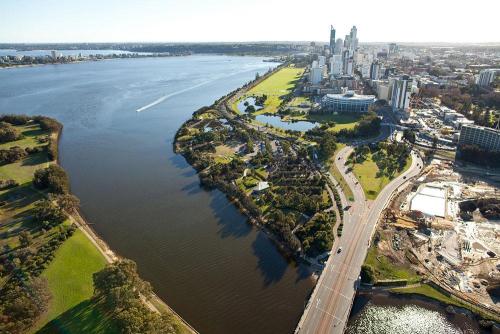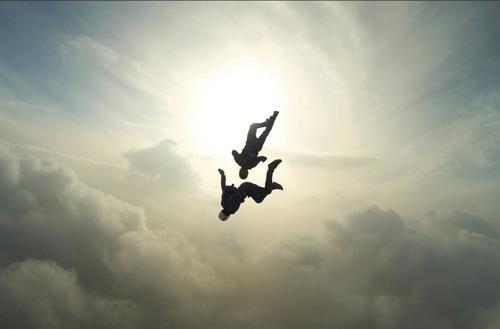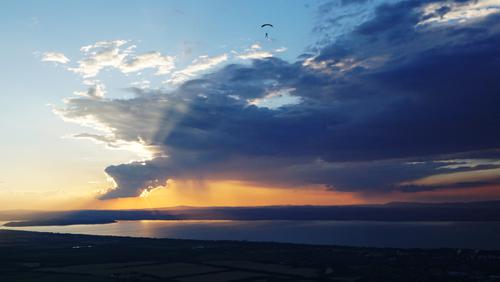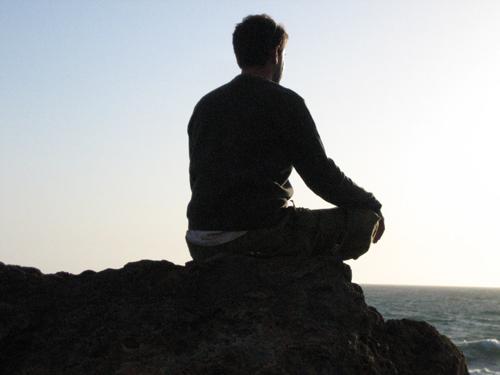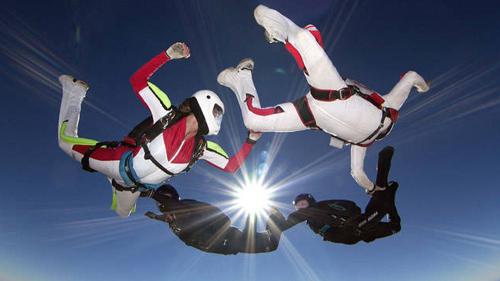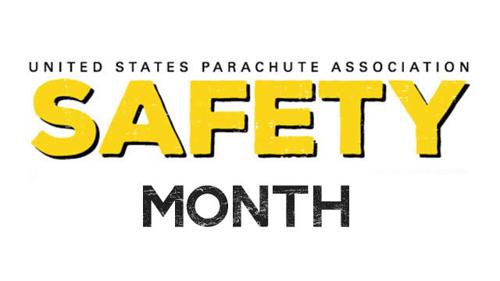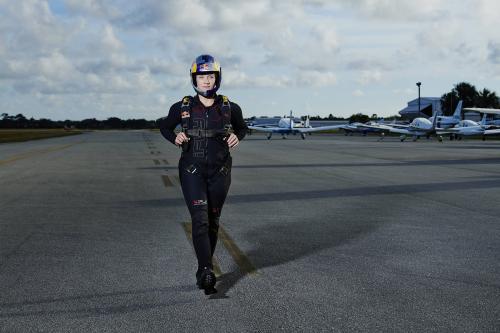Health Gymnasium
Health gymnasiums
Those who can afford time and expense involved many wish to take advantage of the facilities offered by health gymnasium. None of the equipment and other facilities provided by gimnasium are strictly necessary to the process of getting fit, but they can add interest and variety to your physical exercises. Two other advantages offered by good gymnasium are constant supervision, which enables you to exercise with safety confidence, and a congenial atmosphere. Exrecising with people who share common purpose can provide extra enjoyment and incentive.
It is necessary first of all to distinguish between the different types of gymnasium. Training fymnasium are essentially for athletes and other men and womenwho wish to develop their skills for particular athletic activities. They provide facilities for athletes to keep themselves for their chosen sports. Health gymnasium provide advice, instruction and facilities for everyone who wishes to become or keep fit, whatever his or her initial physical condition. Their clients range from professional athletes to office workers who wish only to make the best use of their lunch hours.
Health gymnasium vary widely în quality. When choosing one of yourself, you should check that is staffed by qualified and responsible instructors. You may feel flattered to be attended by a sports celebrity, but professionally trained physiotherapists and physical education instructors can be equally, if not more, beneficial to an unfit person. You should expect to be asked details of your medical history, and to be carefully examined before being allowed to use all the facilities.
Three types of exercise
The accesories provided in health gymnasium to help you exercise range form simple wights and benches to more sophisticated equipment such aș pulleys and rowing machine. These accesories are appropriate for different kinds of exercises.
Isometric exercises, the simple type involvea applying muscular strenght by pulling or pushing immovable objects. The muscles are tensed amd this tension is sustained for short periods of time. Because little movement is involved în these exercises, they develop static rather than dynamic strenght.
Isotonic exercises involve pulling or lifting an object to certain position and then returning it to its original position. They cause the muscles to contract as you move but, because the weight or force employed is to the same degree throughout the exercise. The weight or force used can only be that which you cadn lift or pull at the weakest point in the range of motion involved and at other points your muscles are not sufficiently strained to develop în strenght.
The third type of exercise, known as isokinetic, requires more sophisticated equipment. Isokinetic exercises can be designed for particular needs. For example, a person who is training for a particular sport can do exercises that stimulate exactly the demands of this sport, and also developed precisley the muscles he or she most needs.
Massage
Facilities for massage may be available at health gymnasium or sauna baths. Massage is used in physiscal therapy as a means of rehabilitating patients who are suffering from certain physical pain or aliments but, as a mean of getting or keeping fit, its value is very limitated.
Sauna baths
Sauna baths may be attached to health gymnasium or may exist as separate establishments. Most sauna baths are organized according to similar basic principles, although Finnish sauna baths retain their original national characteristics. They have an invigorating effect on the whole body and aid physical and mental relaxation, but their effect on the whole body and aid physical and mental relaxation, but their effect are temporary rather than long-term.
Sauna baths provide a healthy and enjoyable means of relaxation, but the sudden rise and pulse rate can be dangerous. Pregnant women and people with high or low blood pressure, should therefore avoid them.

